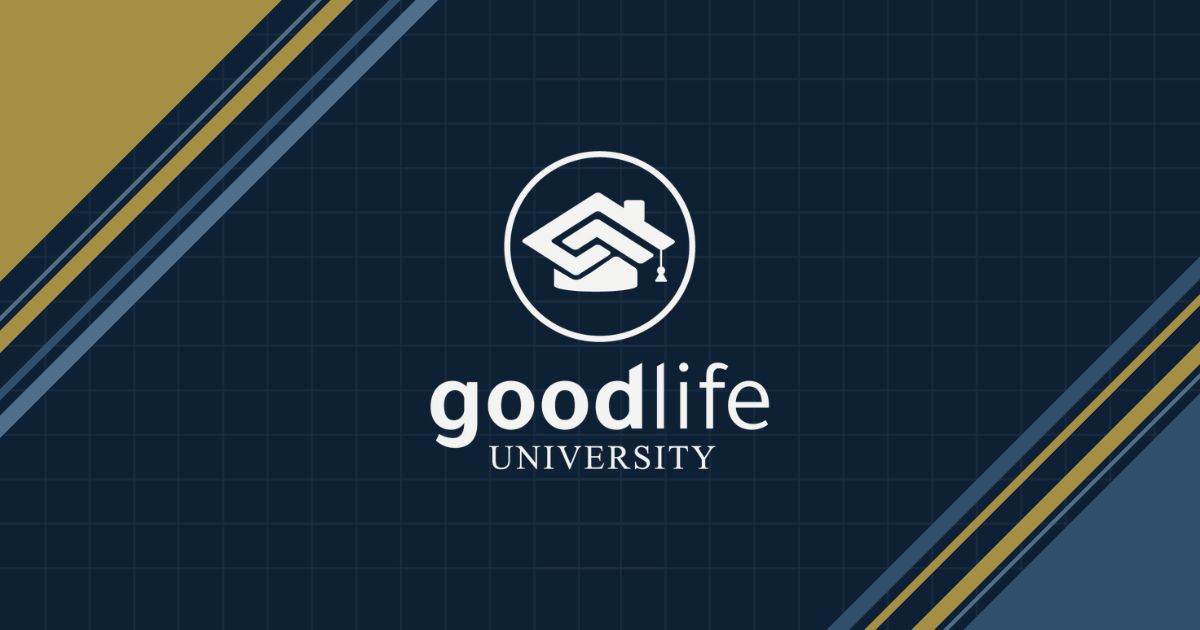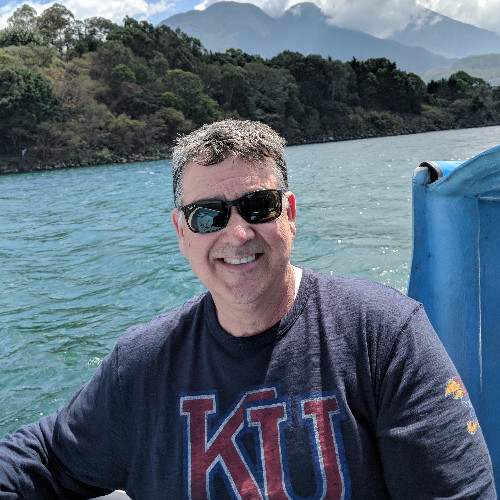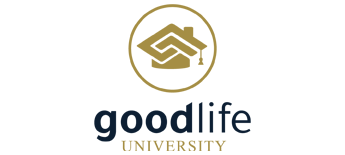Connections - 06.01.23
Traditional Service Models are Broken. Here Are 3 Ways We’re Reimagining Them.

Share this page
Stay Informed on the Latest Research & Analysis from ANCOR
More News
Connections - 06.12.25
Community Solar: Sustainable Energy for Everyone

Connections - 06.11.25
What’s Happening on the ANCOR Connected Community?

Connections - 05.29.25
Building a Culture of Compliance With a Compliance Management Solution



